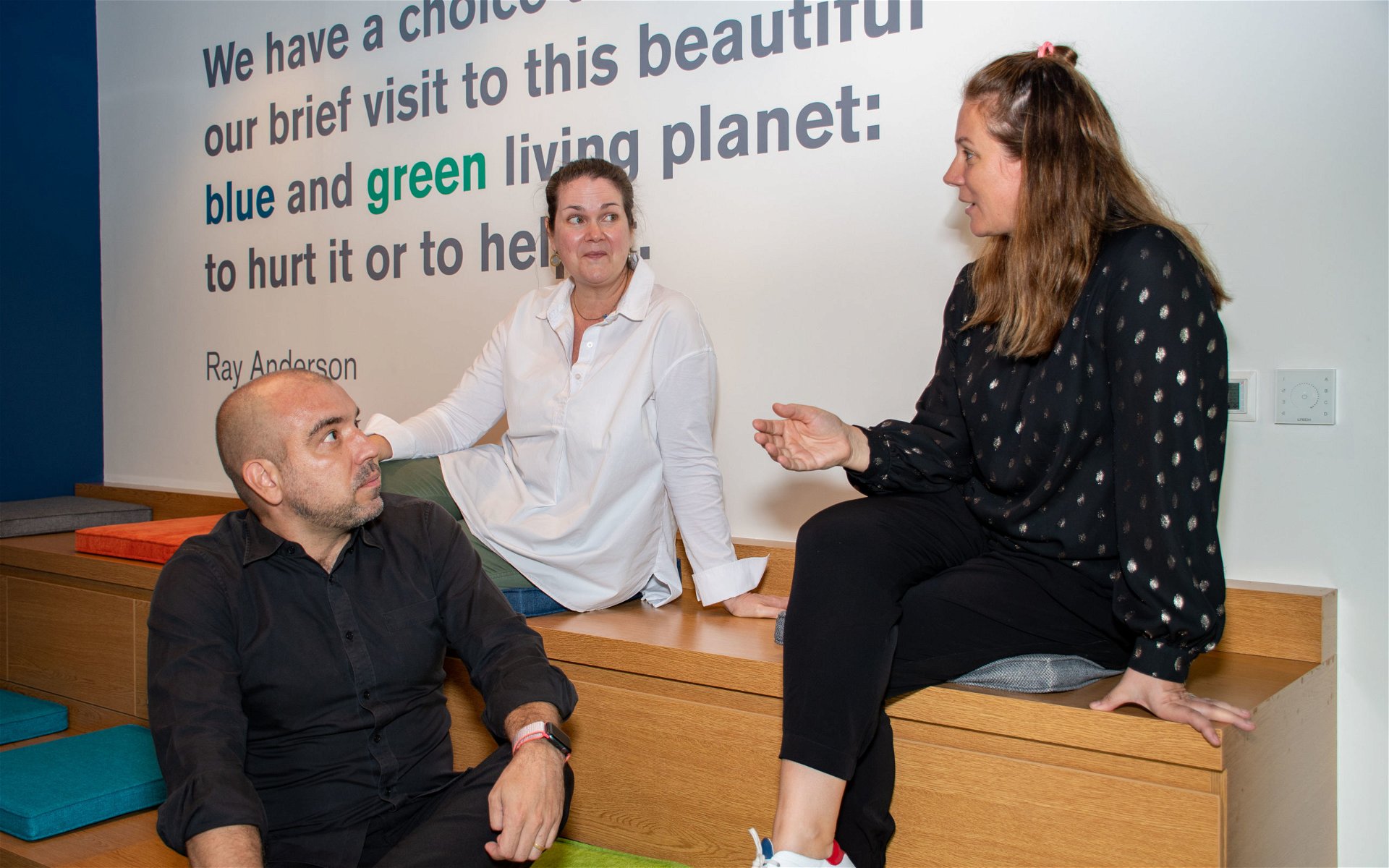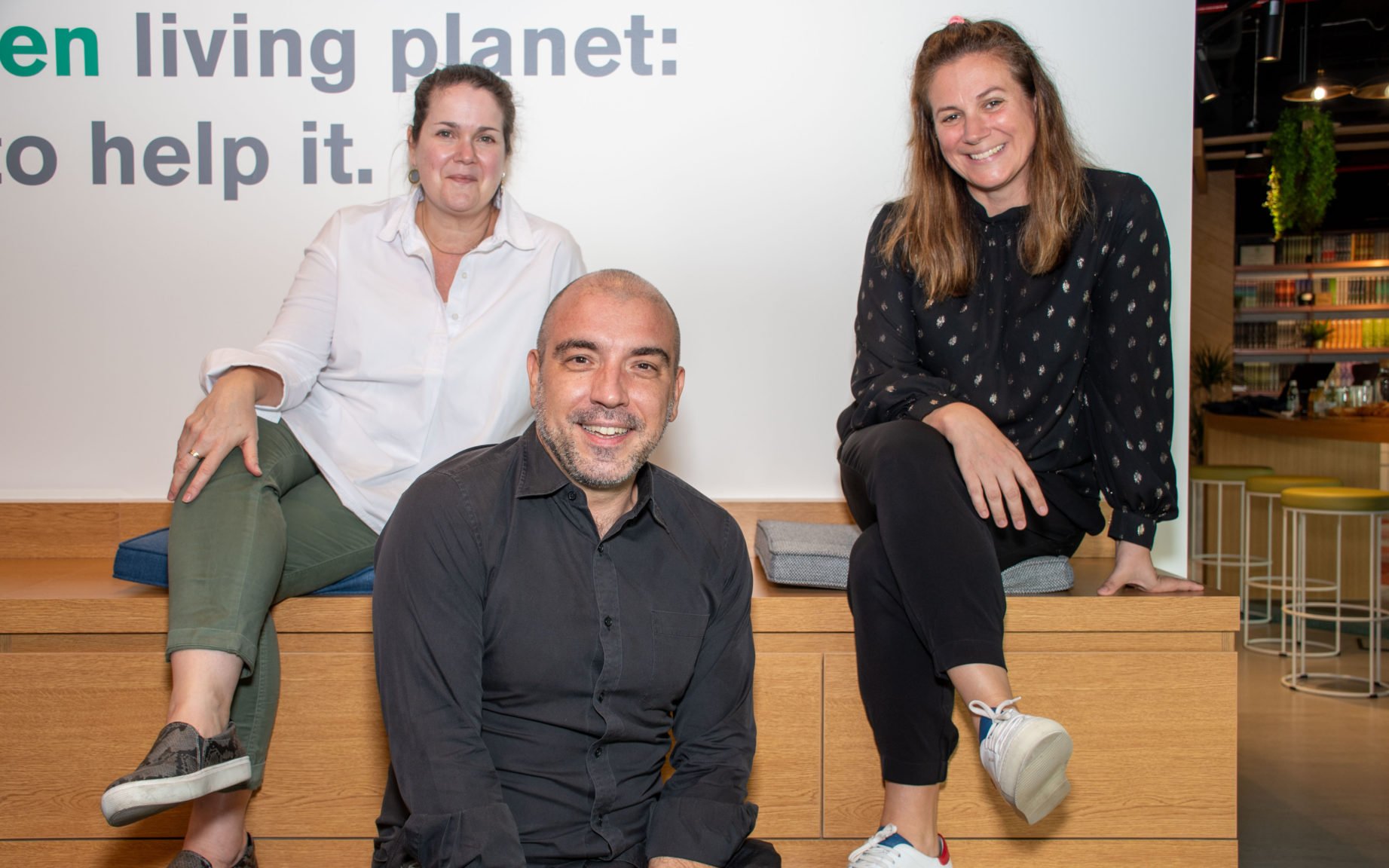We asked four educators in the region what they hope to see in this regard. Here are their key pieces of advice.
A well-rounded education is the bedrock of a successful career. While other factors such as luck, market conditions, or location do make a difference, it is widely accepted that a candidate entering the workforce armed with the right knowledge and skills will go further than those who don’t.
But what makes a good design programme great? Specifically, in the Middle East region, what can academic institutions do to ensure their students leave university and enter the workforce with the least amount of difficulty. A common challenge nearly all schools across disciplines face is the balance between theory and practice. What looks easy on paper does not translate well into the real world. You need hands-on experience to understand and execute real projects, but need a theoretical foundation of knowledge to inform you beforehand. To bridge this gap, schools in the region are pushing for more internships, partnerships, sophisticated design software, and other means to develop well-rounded students.
We asked 4 educators in the region what they hope to see in this regard. Here are their key pieces of advice.
1. Leverage Technology To Improve Teaching, Not Just The Design Process
The A+D industry has seen significant advancement in the tools used for design and prototyping. Time taken to design has dropped drastically in the past decade. If you add remote collaborative tools to your toolkit, you’ll notice that you can comfortably design with your remote team without ever having to leave your home.
However, teachers and instructors are faced with a unique challenge. Teaching isn’t the same as simply collaborating with a team – one is a creative effort, and the other requires attention and empathy of a different kind. There’s the added challenge of having to teach several students at the same time as well.
“The biggest change I can see is incorporating technology into teaching in meaningful ways,” says Malini Karini, Associate Professor at Heriot-Watt University Dubai. “Various industries are adopting the hybrid model and teaching cannot be left out. This means developing ways to successfully teach in this framework. This new format of learning also shifts the learning paradigm towards independent learning rather than teacher-led learning, which leans itself towards creating more qualified graduates.”
“There’s certainly a strong benefit in online learning, yet overall, for studio work, it’s better to do this in person,” Kristin Lee, Chair and Associate Professor of Interior Design at American University Dubai. “The connection with students isn’t as strong when it’s purely digital, and both students and faculty feel that. Pinning up your work alongside your peers, stepping back and critically looking – this can’t be fully replicated in the digital realm. Yet the experience of doing more work digitally has led to an increase in the overall skill set of students. Both realms are needed.”

2. Design Should Be Taught Earlier
Unlike degrees like engineering or economics, where students are exposed to some semblance of what the next four to five years could look like, there’s nothing of the sort for design. There’s no course that focuses on design in a serious manner, which is surprising considering how important design is in our everyday lives. Many educators believe students shouldn’t enter university with zero concepts of what a professional designer does, or has to do, in order to succeed. Students should be taught the basics of design in some capacity at the high school level at least, before making the decision to enter the world of design.
“Students who come into a design program that are well educated, have a good understanding of what the profession is, and are open-minded make for excellent, hardworking and adaptable graduates,” says Kristen. “I would love to see more design education in secondary schools so that students know what they are choosing. This is not an aspect that is unique to this region as my colleagues in the US feel the same. Coming from the US, I believe that requiring licensure for interior designers will strengthen the profession.”
“As educators, we can only expect to have graduates who take risks to become resourceful designers,” says Juan Roldan, Associate Professor at the College of Architecture, Art & Design, American University of Sharjah. “It is essential to understand design as an iterative process, which implies frustration and self-discovery. I believe in flexible professionals who understand design as a broad term that solves problems in the current and future society. I do not believe in design education as part of the ‘food chain’ for the industry. Still, I think that a practical way of teaching and learning, one that includes design theory and a component of making and fabrication, makes better designers who will be able to add value to the workforce.”
3. Stronger Industry Partnerships
No design program is complete without some level of practical knowledge. This requires a strong connection to the design industry, at least locally. The UAE’s design industry in particular has been generous with its time and effort in providing students with opportunities for internships and other learning opportunities. However, there’s still room to improve the depth and nature of those programs. While some internships may be too short to provide enough value, others might not give enough exposure.
“There’s always a gap between education and industry, it has always been that way,” says Sophie Johnson, Assistant Professor at the Department of Interior Design, Canadian University Dubai. “Education drives creativity and then there are dimensions that make design a reality, like codes, materiality, detailing, and environmental concerns. The real-world focus is driven by time and budget, so students are given a range of transferable skills in an educational setting for use within the industry. However, there is always a period of discovery when students enter the working world, it’s happened to us all. We have worked hard to forge good relationships with reputable firms to avoid any free labour. Most opportunities have been great for students and they have really progressed in their careers. The companies we tend to work with prefer the internship to be three months, and this is really good. These are well run and structured internships where students gain a lot. COVID definitely opened up doors for internships and offered a lot more opportunities for students.”
4. Multidisciplinary Courses
There are an extremely limited amount of real-world professions that exist without the need for some cross-functional knowledge. Even doctors need to have multidisciplinary skills to run a good hospital. This rings even more true with interior designers. Academic institutions have recognised the need for students to learn the fundamentals of business and marketing in conjunction with design. This in turn creates well-rounded students that are capable of showing more value than what’s on their resume.
“Architecture and Interior Design are always evolving in this region, and the UAE is great for moving with this discipline,” says Sophie. “There are many opportunities for students here to learn more. You can find multidisciplinary courses that combine design with business or entrepreneurship, or more traditional design taught courses. There needs to be more of these as students really benefit from them.”
Article info
Article:
Date added:
28 June, 2022







